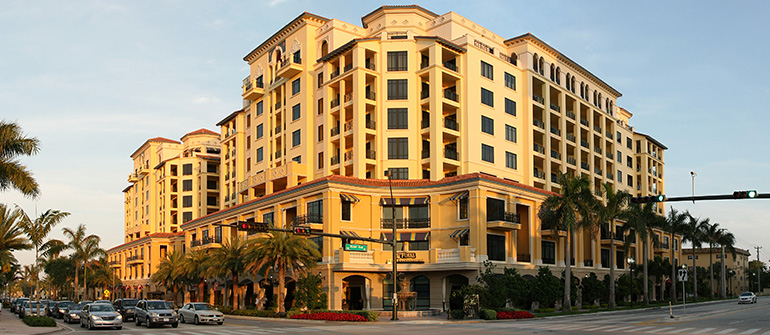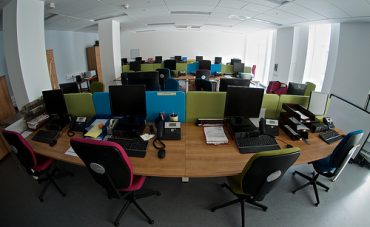
August 15, 2016
Several factors should go into the decision making process when business owners choose office space, either to lease or purchase. Before you decide what you want, you have to determine what you need.
As a commercial real estate broker specializing in office and industrial tenant representation since 1999, I have learned to help my clients determine what office features are a true need (space for current employees and room for future growth, enough parking to satisfy the zoning requirements, redundant internet providers, for example) vs. what are features that they would like to have in an office but in reality, could do without. With these guidelines set, it becomes far easier to choose which properties to tour and which to pursue for lease proposals.
But how do business owners differentiate between needs and wants? Open and thorough discussions with the broker, key employees, and to some extent with clients, will help the business owner identify the true needs. Some needs are easy, the total square footage you need now and in the future, the amount of internet bandwidth you’ll use, the number of offices vs. open work area, for example. Others are harder. Which building out of the 8 that we toured should we focus on? Where should the office be located? Should I choose Class A or B?
The old saying in real estate is relevant to cost: location, location, location. For example, office rents in the downtown core normally far surpasses a similar building in a suburban market. Moreover, downtown traffic brings more stress and longer commutes for your employees. If your clients are not located downtown, your clients don’t regularly visit your office, and your key employees are not living there, then there is probably no reason to be there. You will save a significant amount by locating your office in a suburban submarket, which, by the way, often have offices that are just as nice as anything you will find downtown.
Similarly, the class of building will be a large factor in cost. Comparing newer, Class A buildings with older, Class B and C properties, you can see a difference of $10.000 to $15.00 per s.f. or more in annual rent in South Florida. If you don’t have to impress clients or recruits, most see Class A rents as a needless luxury and will bypass those buildings.

And so on with other features of office buildings which can push up rents: newer construction, storm-impact windows, the amount of parking spaces available, concierge or security in the lobby, etc. Once we are done with this analysis, my clients are normally able to tune out the noise, rule out buildings that don’t meet their needs, and easily identify the top two or three locations. From there, let the negotiations begin!